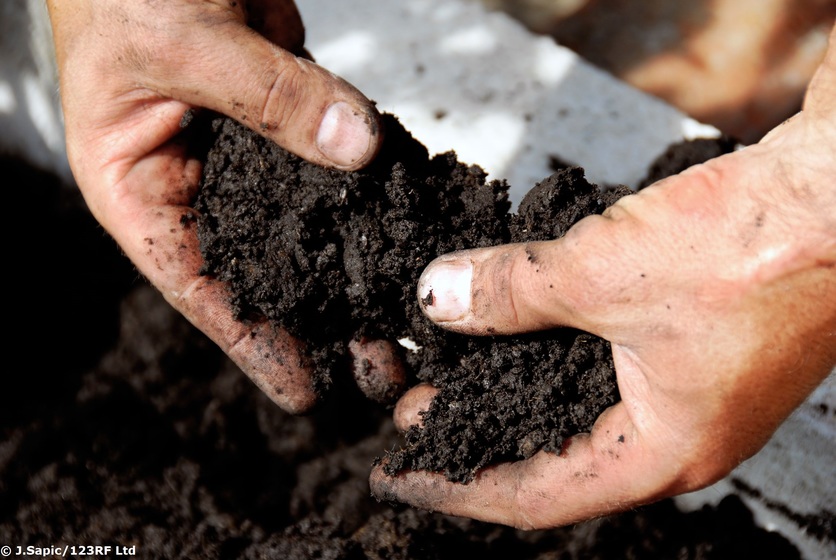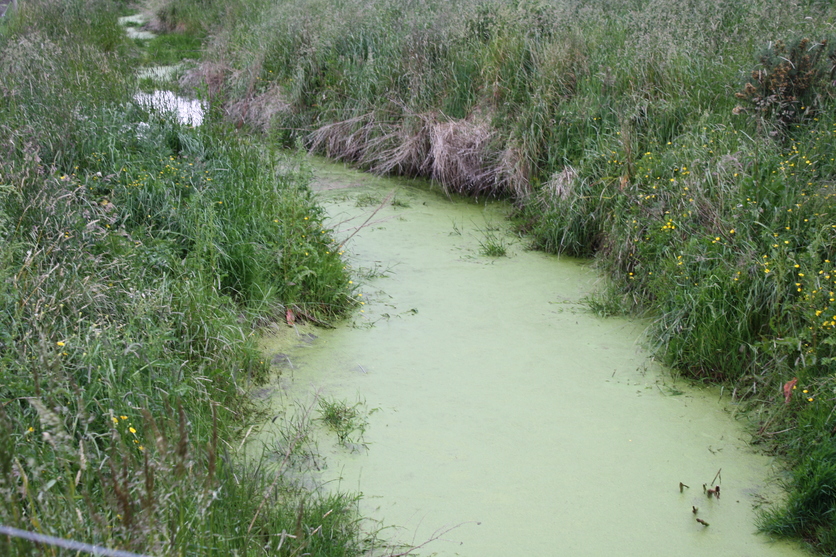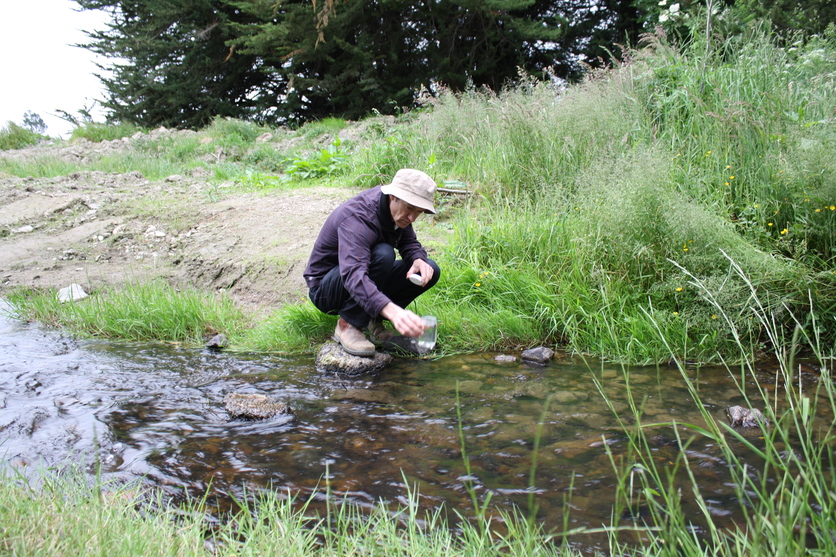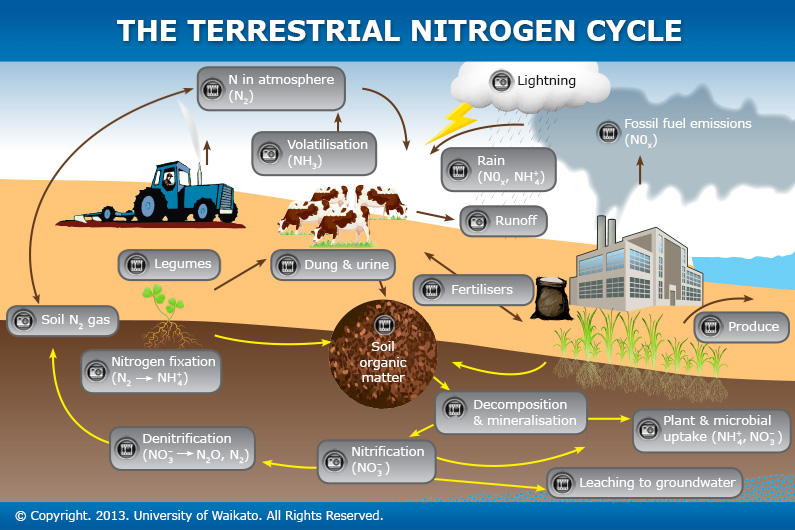What do soil, farming and science have to do with each other? Actually, they are inextricably related. For centuries, humans have used science to improve soil productivity and crop yields. The last century has seen huge changes in farming practices. For example, the use of fertilisers and irrigation along with improved plant and animal breeding have made it possible to increase the amount of product a farm can produce.
Farming has always been about feeding people and making a living from the milk, produce, meat or wool grown on the land. As the population has grown, so has the need to feed, clothe and house people. With over 7 billion people on our planet, this need continues to grow. New Zealand has long been associated with agricultural exports, and our farms contribute an enormous amount to our economy.
Environmental impacts
The increase in our country’s farm productivity has been good for our economy and provides much-needed food commodities but can come at an environmental cost. The downside of farming – sometimes called an ‘off-site effect’ – can include a reduction in water quality. The run-off of soil, nutrients and bacteriafrom farms and into waterways can have damaging effects. Excess nutrients can cause unwanted plant growth and alter aquatic environments. Eroded soil can cloud the water. Freshwater fish (such as trout and whitebait) may not be able to survive these changes to their habitat. Saltwater habitats are also affected bynutrient changes.
Looking for solutions
Scientists are working on solutions to this dilemma – how can we increase the productivity of our farms while reducing their environmental impacts? Use our resources to meet scientists from AgResearch and the University of Waikato who are investigating ways in which farmers can manage nutrient losses.
Dr Ross Monaghan is interested in nitrification inhibitors – products that limit the conversion of ammonium ions to nitrate ions – as nitrate is a highly mobile form ofnitrogen. Dr Selai Letica also works with nitrification inhibitors as well as livestock management practices to reduce greenhouse gas emissions. Dr Richard McDowell’s area of research is in developing farm management systems to controlthe movement of phosphorus- containing compounds from farmland into local waterways. Professor Louis Schipper’s research is based around the construction and functioning of denitrification walls and beds that mimic the natural bacterial conversion of nitrate ions into nitrogen gas.
These four scientists, along with many others around the country, are helping to create some innovative tools for farmers to keep in their ‘environmental toolbox’. Some of these tools help to manage nutrients while others involve farm management practices. Working with farmers, they hope to assist them in protecting the environment while still keeping the world fed.
Soil – linking farming, science and environmental solutions
Tying production and environment performance together is soil. Thebiogeochemical cycling of critical nutrients nitrogen and phosphorus is fully dependent on soil processes. Our farms are dependent on healthy, fertile soils.Soils are not uniform – they vary from region to region and often from paddock to paddock! A good understanding of soil types, their properties and the land uses for which they are best suited is one more tool farmers and scientists can use to encourage productivity while preventing environmental impacts.
Take up the challenge
The student activities covering soil, farming and science are broadly split into four categories:
Soil quality: conduct a visual soil assessment to examine soil structure and look for earthworms.
Soil biological and chemical processes: grow soil microbes - the driving forcebehind nutrient cycling, observe clover nodules to see if they are fixing nitrogen and replicate the nitrogen cycle in a jar of sand with nitrification and denitrification.
Land use and water quality: nutrient pollution and water and nutrient leachingdemonstrate how nutrients enter into water systems. Use an aquarium nitrate test kit to test water samples.
Finally, combine the science learning with ethical issues and explore the balance between farming and environmental tensions.




No comments:
Post a Comment